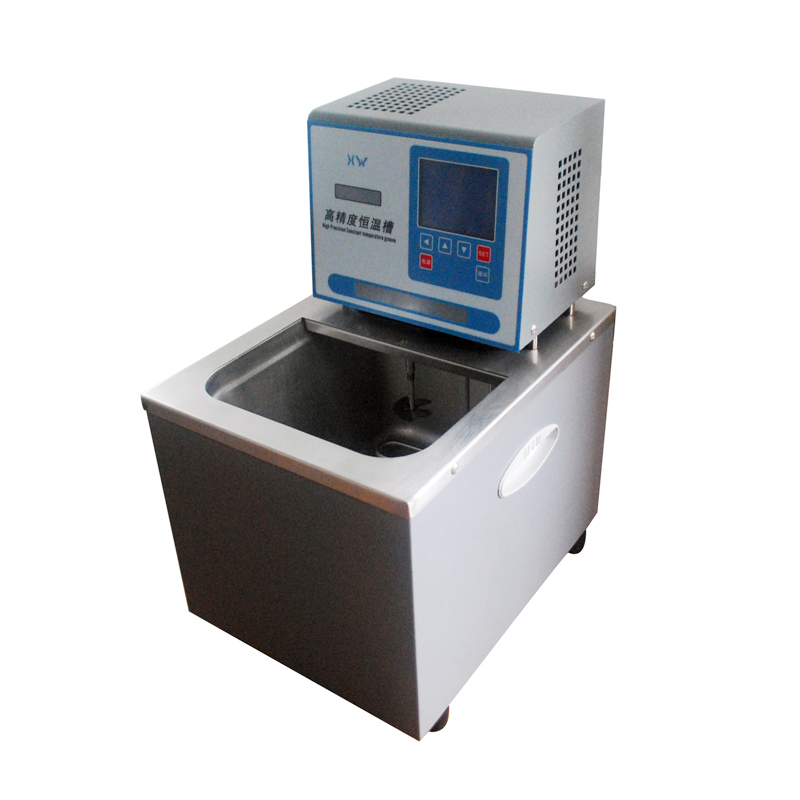Do you know the laboratory water bath? This article will introduce its definition, working principle, application, precautions and maintenance.
1.What is a water bath?
2.Types of water bath
3.What’s the working principle of water bath?
4.Application of Water bath
5.How to choose a water bath?
6.Always remember! In Use & Maintenance

The water bath is a kind of laboratory constant temperature equipment, which provides a heat source for various equipment that needs to be heated. The circulating water bath is used to keep the water at a constant temperature for incubating samples in the lab.
Also called stirrers, are ideal for applications when temperature uniformity and consistency are critical, such as enzymatic and seismological experiments. Water is thoroughly circulated throughout the bath resulting in a more uniform temperature.
Non-circulating water baths:
This type of water bath relies primarily on convection instead of water being uniformly heated. Therefore, it is less accurate in terms of temperature control. In addition, there are add-ons that provide stirring to non-circulating to create more uniform heat transfer.
Shaking water baths:
This type of water bath has additional shaking control and can move the liquid. This vibration function can be turned on or off.In microbial practice, constant shaking causes liquid cell cultures to continuously mix with air.
Some of the main advantages of the shaking water bath are the keyboard operation, which is convenient for the user. The bathtub can drain automatically through keyboard operation. The shaking frequency, LED display and lifting bath cover can be controlled. It can also control the power switch integrated in the keyboard, as well as warning and power-off protection for low temperature/high temperature.
The working principle of the water bath: The sensor converts the water temperature into a resistance value, which is amplified and compared by an integrated amplifier, and outputs a control signal, which effectively controls the average heating power of the electric heating tube and keeps the water temperature constant. When you need balanced high-temperature heating, a lab water bath is a good choice.
The laboratory water bath is used to heat the samples. Applications include maintaining cell lines or heating flammable chemicals that may burn when exposed to an open flame. The water bath usually consists of a heating device, a stainless steel chamber containing water and samples, and a control interface. Different types of water baths provide additional functions, such as a circulating water bath that maintains a more uniform temperature or a shaking water bath that keeps the samples in motion when the samples are heated.
1.What to consider when choosing a water bath?
2.The temperature range and capacity of the bath.
3.Is there a cooling option?
4.How easy it is to clean.
5.Types. Do you need a shaking bath or a circulating water bath?
1.Do not add too much water to avoid overflow when the water boils.
2.After using the water bath, drain the water in time and clean the working cavity to prolong the service life of the instrument.
3.Unit must be turned off each day to avoid water evaporation and overheating of the unit. Discard any old water in the pan.
4.When cleaning the unit with the pan removed, care must be taken not to damage the thermostat. Damage could cause the unit to overheat.
5.To prevent electrical shock DO NOT REMOVE the ground prong. Use only in the properly grounded outlet.
6.Do not immerse the unit in water. Unplug the unit before any maintenance or repair.
7.The removable stainless-steel pan and lift tray can be autoclaved with other instruments as needed.
8.Do not exceed 375F or 30 minutes.
9.Following these simple Water Bath maintenance and care tips can help ensure the longevity of your unit.
In addtion, we provide water bath in lab, if you need them please feel free to contact us.